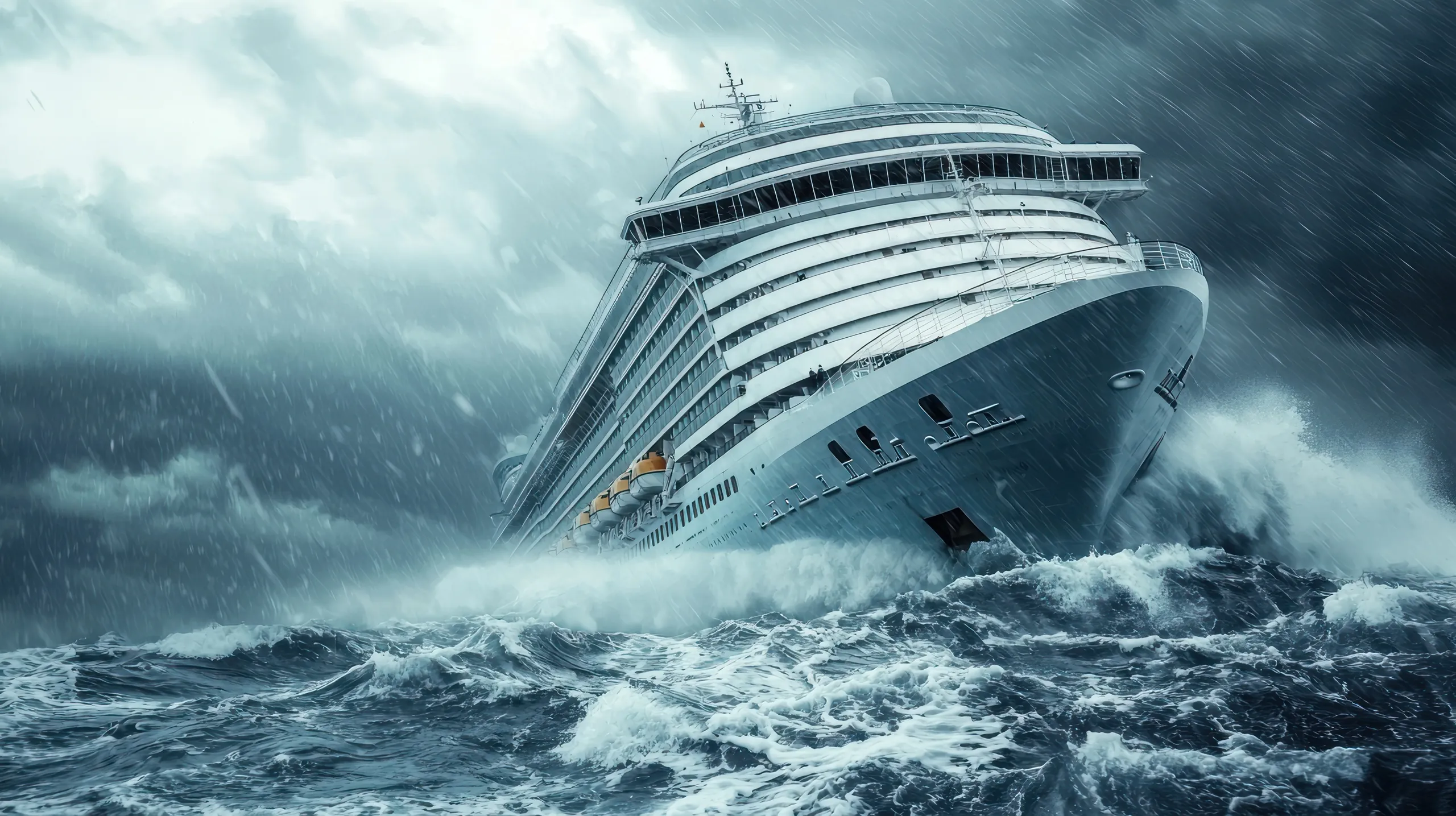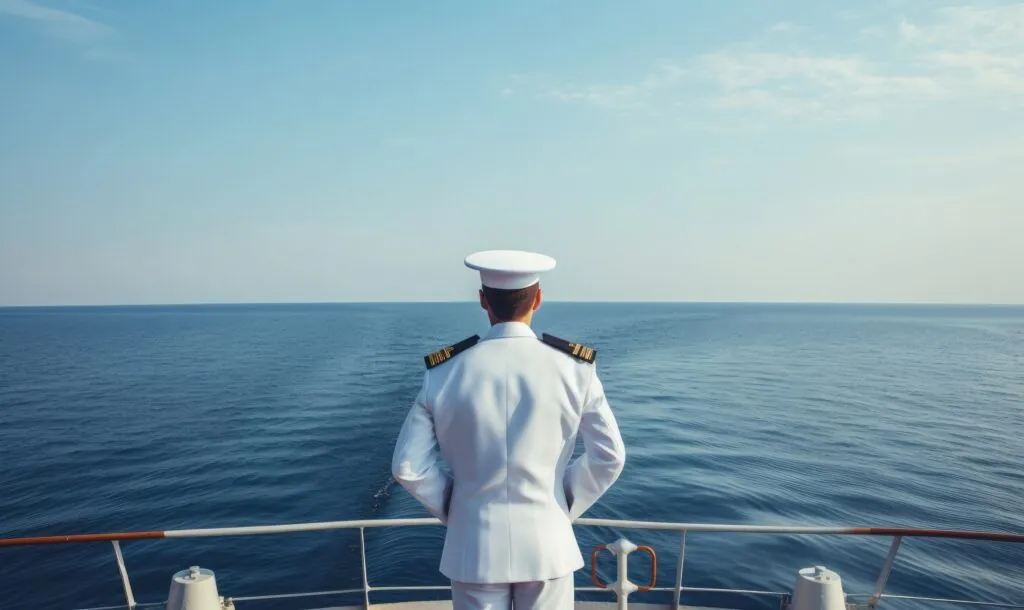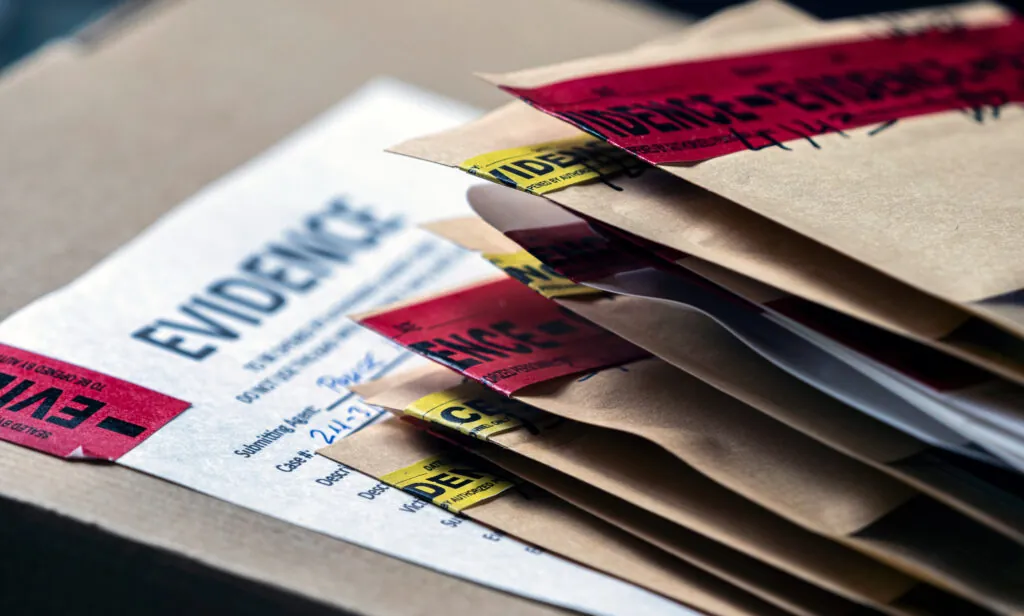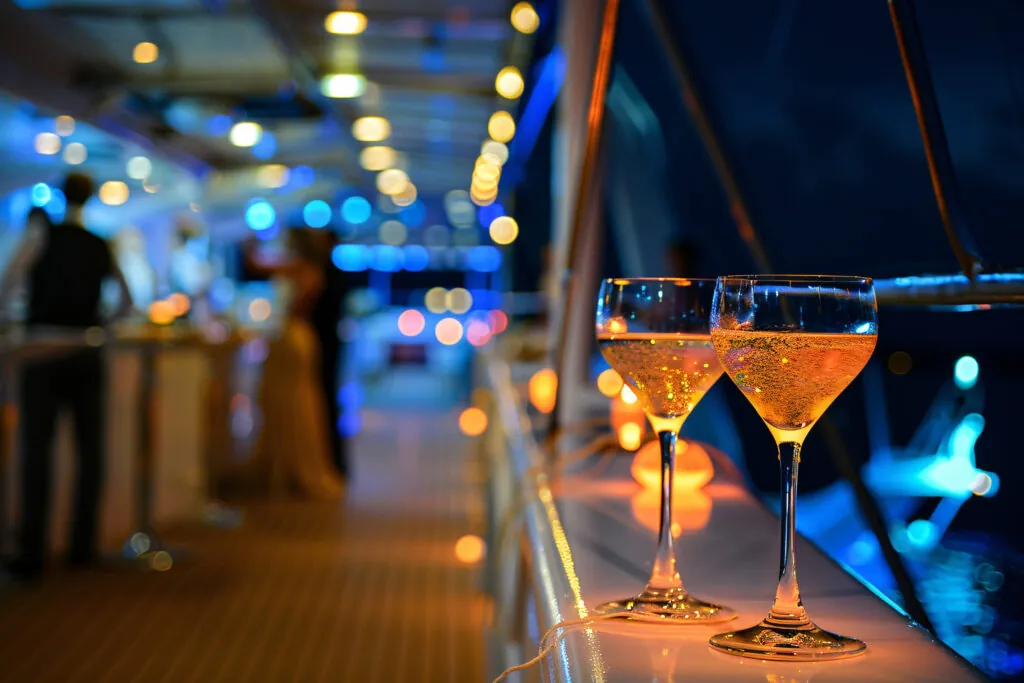When a Ship Tilts, the Truth Surfaces: Cruise Lines Can’t Treat Severe Weather as “Business as Usual”
By Peter Walsh, Founder of The Cruise Injury Law Firm
Passengers onboard the Carnival Panorama thought they were settling in for a routine dinner in the Mexican Riviera. Instead, they found themselves clutching tables, dodging sliding glassware, and filming viral clips as the entire ship suddenly listed — leaning at a dangerous angle in heavy weather. Within moments, plates and bottles crashed to the floor, elevators filled with water, and startled guests were tossed sideways. Carnival downplayed the incident, calling it “weather-related” and assuring the public that the ship was never in danger. But passengers who lived through those minutes know differently. A cruise ship that tilts sharply enough to send an entire dining room into chaos is not “normal.” It’s a warning.
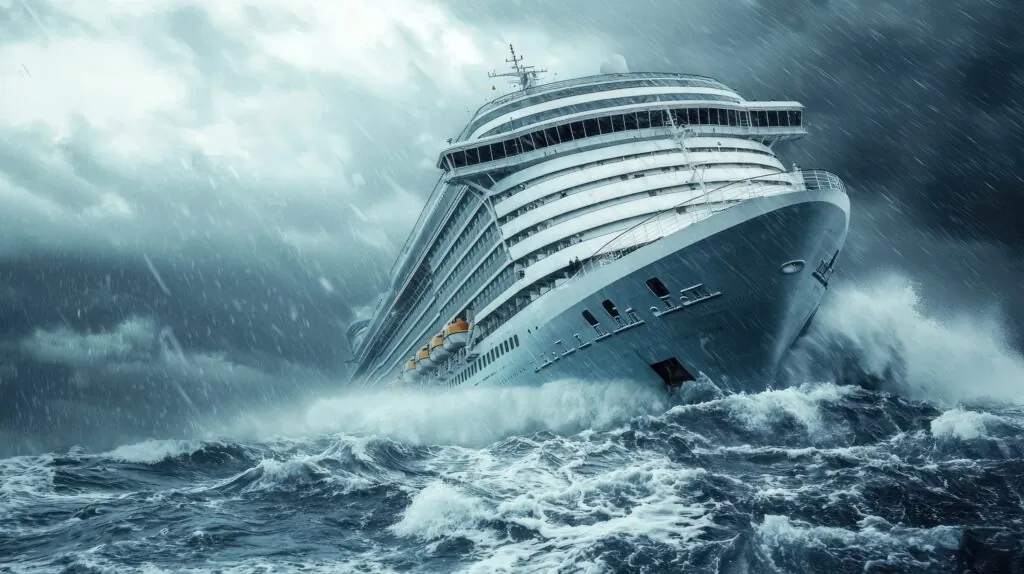
Weather Is Predictable — But Decisions Are Human
No one disputes that the sea is unpredictable. Storms can swell faster than forecasts suggest, swells can build suddenly, and captains must often make split-second decisions. But that doesn’t mean every listing incident is an unavoidable “act of God.” Weather may be beyond human control, but decisions about when and where to sail are not.
Cruise lines have access to some of the most sophisticated forecasting tools in the transportation industry. They know wind patterns, swell heights, and storm tracks days in advance. Yet time and again, we see ships pressing forward into conditions that make for dangerous voyages. Why? Because turning around, delaying a port, or skipping an excursion costs money — in refunds, in logistics, in passenger frustration. The pressure to keep the schedule often outweighs the incentive to keep passengers safe. That imbalance isn’t just poor risk management. It’s negligence.
The Duty of “Reasonable Care”
U.S. maritime law sets a clear standard: cruise lines owe passengers “reasonable care under the circumstances.” When a ship sails into conditions so rough that it tilts violently enough to injure people or destroy property, it’s fair to ask whether that care was met.
Reasonable care doesn’t mean perfection. It doesn’t mean predicting every gust of wind. But it does mean using available information, erring on the side of caution, and placing passenger safety above commercial scheduling. If an airline chose to fly through a severe storm when diversion was possible, we wouldn’t shrug and say, “Well, weather happens.” We’d demand answers. Cruise lines should be held to the same expectation.
Inside the Ship: A Floating Hazard Zone
When a cruise ship lists, the danger isn’t theoretical. Public areas transform instantly into hazard zones:
- Furniture and glassware become projectiles. Guests can be struck by bottles, cut by broken glass, or crushed by sliding objects.
- Wet surfaces worsen falls. Liquids spill, pools slosh, elevators flood, and slick decks increase slip hazards.
- Structural stress increases. Severe listing strains fixtures and fittings. Panels, pipes, and even glass partitions can fail.
- Evacuation routes are compromised. Stairways tilt, elevators become unsafe, and panicked crowds make orderly movement difficult.
In short, when a ship lists, the danger multiplies. It’s not just a “rocky ride.” It’s a foreseeable risk of injury that demands proactive prevention.
The Fine Print Won’t Protect Them Forever
Cruise contracts are full of disclaimers: “acts of God,” “force majeure,” and broad waivers of liability. But when injuries occur because a ship knowingly sailed into avoidable danger, courts are less forgiving. Liability waivers don’t excuse negligence. If a company chooses profit over prudence, passengers have a right to seek redress.
And while lawsuits are one path, prevention is the better one. Stronger oversight, clearer industry standards, and transparent reporting on listing incidents could reduce risks before passengers ever board.
What Needs to Change
- Clear weather thresholds. Cruise lines should publish operational guidelines: at what wind speed, swell height, or storm proximity they will alter course or delay departure. Transparency breeds accountability.
- Independent audits. Just as aircraft safety is overseen by external regulators, cruise ship weather-decision protocols should be subject to third-party review.
- Incident reporting. When ships list, passengers deserve more than vague reassurances. Data should be logged, disclosed, and reviewed by authorities.
- Passenger safety protocols. Crew training must emphasize rapid communication and securing of public areas when listing occurs. Guests shouldn’t be left guessing whether to shelter in place or evacuate.
The Larger Pattern
This is not just about one rough night on the Panorama. It’s part of a larger pattern in the cruise industry — the prioritization of spectacle, schedule, and short-term profit over long-term safety. We’ve seen it in waterslides that dangle over the ocean. We’ve seen it in glass walls that shatter unexpectedly. And now we’ve seen it in weather calls that leave ships tilting like toys in a bathtub.
Cruise lines know that passengers crave “memorable” experiences. But no one books a cruise to remember dodging flying wine bottles in a listing dining room. Memories of panic and fear are not the kind of marketing images anyone wants.
A Final Word
I’ve represented passengers who thought they were signing up for a relaxing vacation and instead found themselves in hospital rooms. Incidents like the Panorama listing are reminders that the ocean is powerful — and that the companies who profit from it must respect that power.
Weather is not an excuse. “Reasonable care under the circumstances” means using every tool, every forecast, and every ounce of judgment to keep passengers safe. If cruise lines won’t slow down voluntarily, courts and regulators should force them to.
Cruises should tilt glasses of wine in a toast, not tilt ships in a storm. The industry has a choice: prioritize safety, or continue to gamble with passenger lives until the law forces a course correction.
About Peter Walsh
Peter Walsh, founder of The Cruise Injury Law Firm, is the only Florida lawyer with a maritime law “triple crown”—Master of Laws in Maritime Law, board certification as an “Expert” in maritime law, and board certification as an Expert-level civil trial lawyer.
